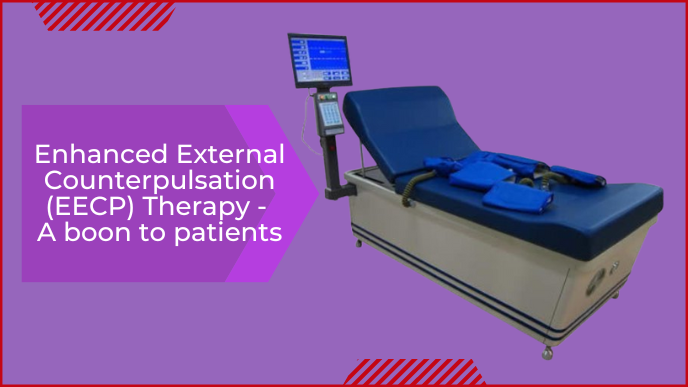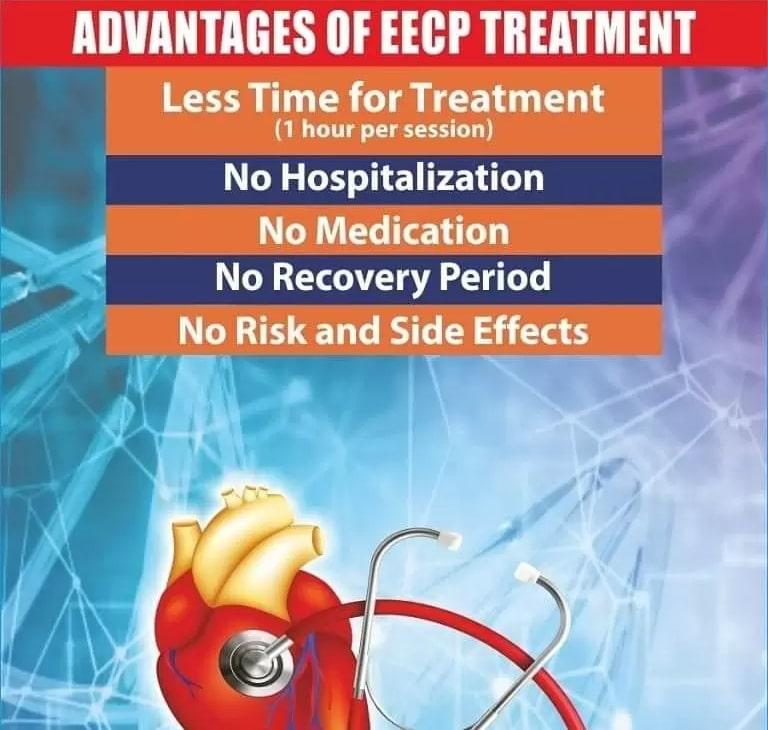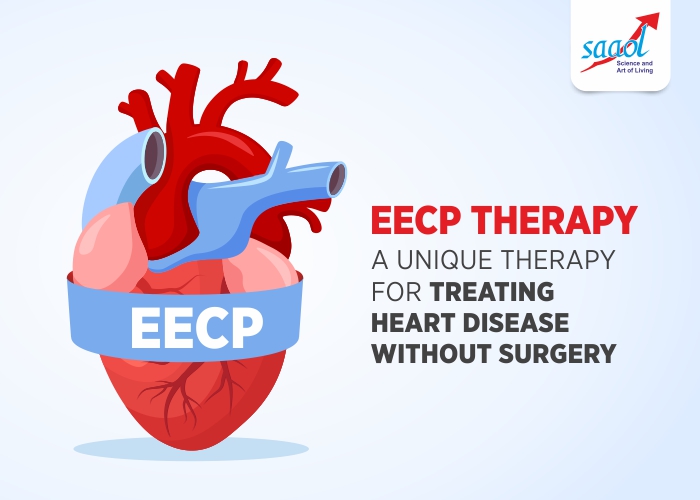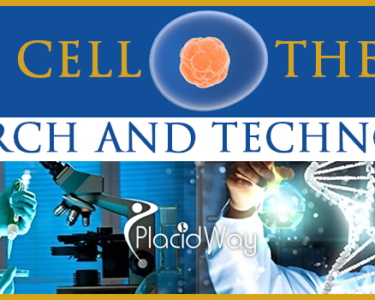Enhanced External Counter pulsation (EECP): Pioneering Cardiovascular Therapy for Heart Health
Introduction to EECP Therapy
Welcome to a comprehensive exploration of EECP therapy, a groundbreaking approach to cardiovascular health. In this article, we delve into the transformative benefits of EECP therapy, shedding light on its pioneering role in enhancing heart health. Let’s uncover the remarkable advantages that ‘EECP therapy’ brings to the forefront of cardiovascular care. Originating in the 1950s, this therapy has evolved, offering a promising alternative for individuals seeking enhanced heart health without invasive procedures.
Read More About Empowering Heart Health: Effective Strategies for Preventing Heart Disease
How Does EECP Work?
EECP operates by enhancing blood flow to the heart, significantly improving oxygen supply and circulation. The therapy involves the use of inflatable cuffs wrapped around the patient’s legs, which inflate and deflate in synchronization with the heartbeat, augmenting blood flow to the coronary arteries.
Benefits of EECP Therapy
The benefits of EECP are substantial. By enhancing blood flow and oxygenation, it aids in reducing symptoms associated with angina, improves heart function, and enhances overall cardiovascular health.

Who Can Benefit from EECP Therapy?
Individuals with various heart conditions, including angina, heart failure, and coronary artery disease, often find significant relief through EECP therapy. However, patient eligibility and specific conditions for treatment need to be assessed by a medical professional.
The Procedure: What to Expect
EECP therapy is a non-invasive procedure generally conducted as an outpatient treatment. Patients are comfortably positioned on a treatment table, and inflatable cuffs are wrapped around the lower extremities, including the calves, thighs, and buttocks. These cuffs are connected to a machine that regulates their inflation and deflation, timed precisely to the individual’s heartbeat.

As the cuffs inflate and deflate, they exert pressure on the lower extremities, creating a pumping action that increases blood flow to the coronary arteries. Patients might feel a gentle pressure or a squeezing sensation in their legs during this process. The entire session usually lasts about one hour.
The treatment is usually administered as a full course, comprising approximately 35 to 40 one-hour sessions. Patients might need to undergo these sessions regularly, typically five days a week for several weeks. The frequency and duration of the treatment depend on the individual’s condition and the recommendation of the healthcare provider.

During the sessions, patients are encouraged to relax, read, listen to music, or watch television to pass the time comfortably. It’s essential to communicate any discomfort or concerns to the attending medical staff. Most individuals tolerate the treatment well, and any discomfort experienced is often minor and temporary.
The overall experience is generally painless, and patients can resume their daily activities immediately after each session without any downtime or recovery period.
Comparative Analysis: EECP vs. Traditional Treatments

When comparing EECP with traditional treatments, the benefits of this non-invasive therapy become apparent. Unlike invasive surgical procedures, EECP therapy involves no surgery, anesthesia, or prolonged recovery times. Traditional treatments like bypass surgery or stent implantation may have risks and longer recovery periods, making EECP a more accessible and safer option for many patients.
Safety and Side Effects
EECP therapy is considered safe for most individuals. However, like any medical procedure, there are potential risks. Common side effects might include mild leg discomfort or skin irritation from the cuffs. These are generally temporary and resolve once the session ends. Individuals with certain conditions or medical history should consult with their healthcare provider before considering EECP.
Research and Evidence Supporting EECP Therapy
Numerous clinical studies and research papers support the efficacy of EECP therapy. These studies have consistently shown the positive effects of improved blood flow, reduced angina symptoms, and enhanced exercise capacity in individuals undergoing EECP treatment. Additionally, the testimonials and success stories from patients who have undergone this therapy often highlight significant improvements in their quality of life.
EECP Therapy Worldwide
The recognition and adoption of EECP therapy have been steadily increasing worldwide. Many countries have embraced this therapy as a standard part of cardiovascular treatment. Health centers across various regions have integrated EECP into their services, making it accessible to a broader population seeking alternative cardiovascular treatment options.
Cost and Insurance Coverage
The cost of EECP therapy may vary based on location and healthcare facilities. While it is often less expensive compared to surgical procedures, it’s essential to consider financial implications. Some insurance plans may cover EECP, but coverage details can vary. Understanding insurance acceptance and reimbursement is crucial before undergoing treatment.
Future Potential and Innovations in EECP
The future of EECP therapy looks promising, with ongoing research and development focusing on enhancing its effectiveness and applications. New innovations seek to improve the technology, making it even more efficient, leading to expanded use and potential in treating a wider array of heart conditions.
Expert Opinions and Recommendations
Cardiologists and medical experts often express optimism about the efficacy of EECP therapy. They recommend it as a viable treatment for many heart conditions, particularly for those who might not be suitable candidates for surgery or medication. Patient reviews also play a significant role in encouraging others to consider EECP as a potential therapy.
Conclusion
In conclusion, Enhanced External Counter pulsation (EECP) stands as a pioneering cardiovascular therapy offering numerous benefits for heart health. With its non-invasive nature, safety, and proven effectiveness, it represents a significant advancement in the treatment of various heart conditions.
FAQs
- Is EECP therapy suitable for all heart conditions? Yes, EECP therapy has shown benefits for various heart conditions, but individual eligibility should be assessed by a healthcare professional.
- How many sessions of EECP therapy are usually recommended? A full course might involve 35 to 40 one-hour sessions, typically conducted as outpatient treatments.
- Are there any age restrictions for individuals considering EECP therapy? EECP therapy is suitable for individuals of various age groups. However, a healthcare professional will assess the patient’s condition to determine the suitability of the treatment.
- Does insurance cover the costs of EECP treatment? Some insurance plans may cover EECP therapy, but coverage varies. Patients should check with their insurance provider to understand the extent of coverage for this treatment.
- What are the potential side effects or complications after the completion of EECP therapy? Minimal side effects like mild leg discomfort or skin irritation are possible, typically resolving after sessions.
- How often should someone undergo EECP therapy to maintain its long-term benefits? Occasional maintenance sessions might be recommended by a healthcare provider to sustain long-term benefits.








 Viesearch - The Human-curated Search Engine
Viesearch - The Human-curated Search Engine

34 Comments